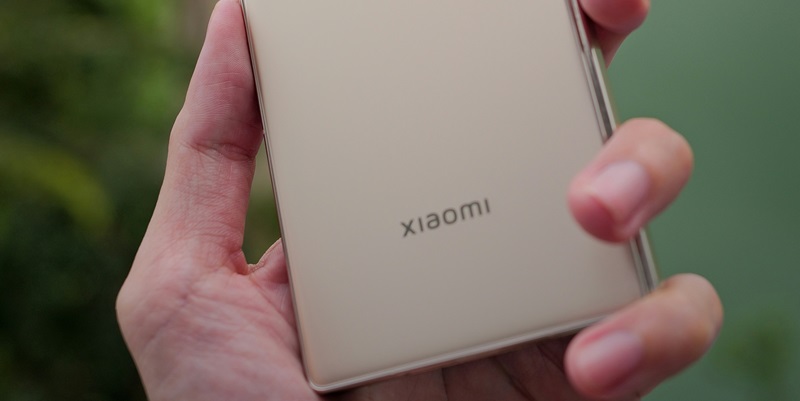The Xiaomi MIX Fold 4 is poised to be a standout in the smartphone arena, thanks to leaks from Digital Chat Station. This upcoming flagship foldable device is rumored to pack the Snapdragon 8 Gen 3 processor from Qualcomm, the latest in chipset innovation, which promises to deliver exceptional performance.
Redefining Storage with 16GB RAM and 1TB Internal Storage
The MIX Fold 4 isn’t just about raw power; it’s also about capacity. With an extraordinary 16GB of RAM and an enormous 1TB of internal storage, Xiaomi is setting new standards for what users can expect from a premium smartphone. These specifications suggest that the MIX Fold 4 could easily tackle the most intense applications and allow for seamless multitasking.
Leading the Way in Connectivity with Two-Way Satellite Communication
The upcoming Xiaomi MIX Fold 4 has made waves with its rumored two-way satellite communication, which could revolutionize connectivity for users outside traditional mobile networks. This innovative feature shows Xiaomi’s commitment to leading the foldable market with advanced and versatile technology.
Photography and Durability: High-Quality Images and Waterproof Design
For photography aficionados, the MIX Fold 4 is predicted to pack a punch with a 50-megapixel main camera and a periscope zoom lens, ensuring high-quality images. Durability and user experience are also taken up a notch with waterproof features and a bespoke x-axis motor for tactile feedback.
Anticipated Release and Industry Impact
Despite no official confirmation of these features, anticipation is high for its release, speculated to be in Q3, mainly in China. All in all, these unconfirmed leaks suggest that Xiaomi’s new foldable might set a new standard in tech innovation for the industry.

